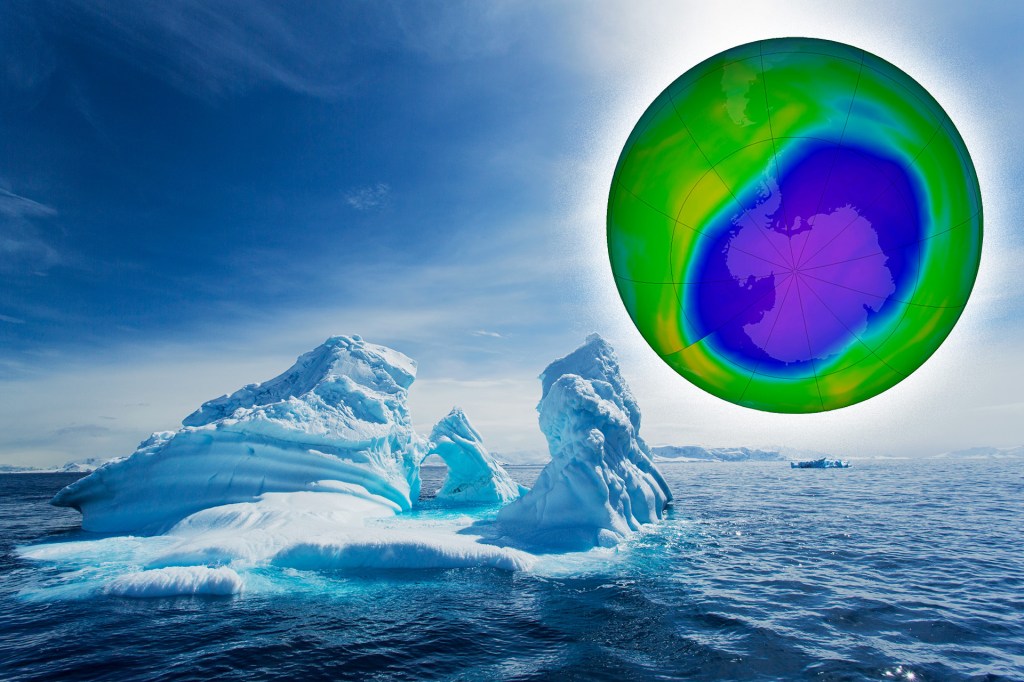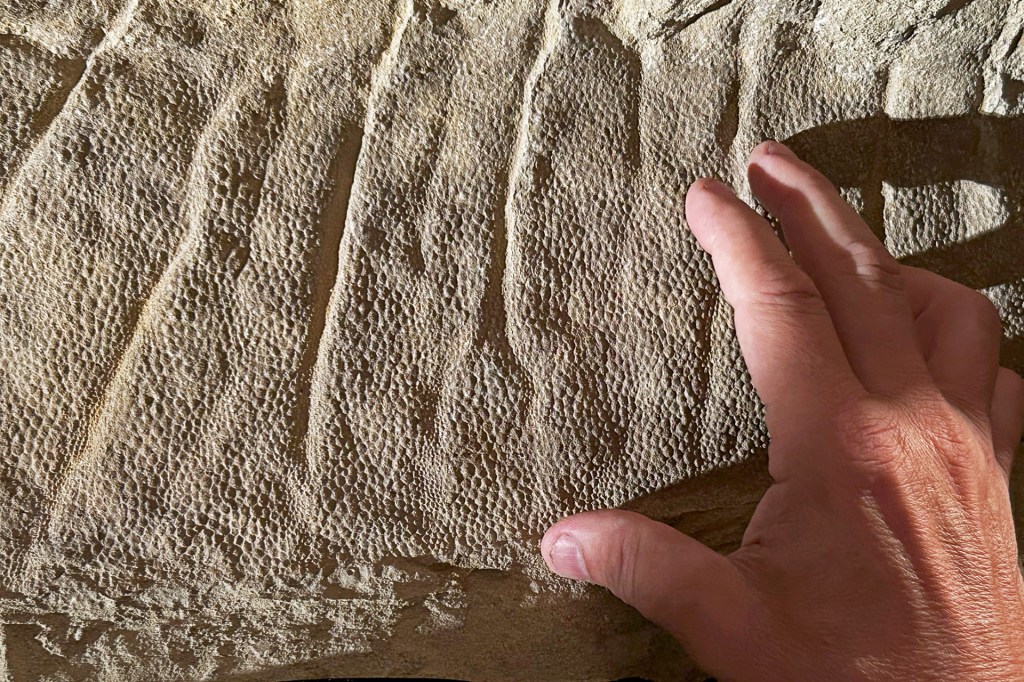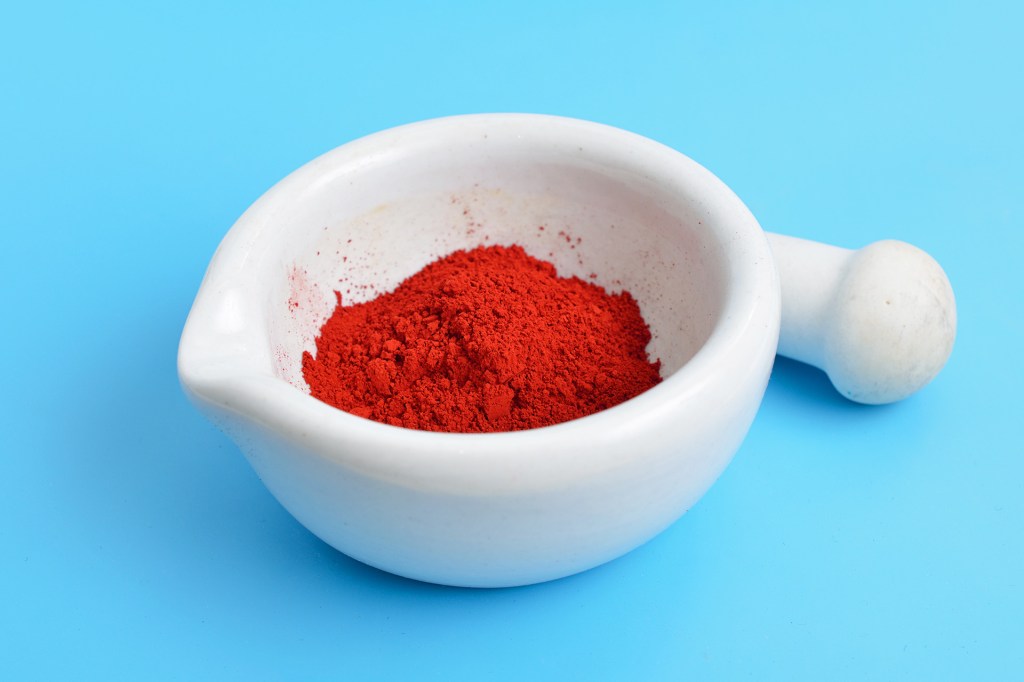Ozone Recovery

The hole in Earth’s ozone layer is on track to heal, according to a new United Nations (U.N.) report, released this month. The recovery comes 35 years after an international agreement to stop using chemicals that destroy the ozone layer.
“In the upper stratosphere and in the ozone hole, we see things getting better,” Paul A. Newman says. He’s a NASA scientist and one of the cochairs of the report.
Ozone is a gas that occurs naturally in the environment. It shields the planet against harmful radiation from the sun, which is linked to skin cancer and crop damage, among other things.
Chemicals in refrigerants and sprays ate away at Earth’s ozone layer. Many products sold in stores contained these pollutants. A global agreement from 1987 led to a ban on these chemicals.
“There has been a sea change in the way our society deals with ozone-depleting substances,” David W. Fahey, another scientist who led the U.N. report, says.
If current policies stay in place, ozone covering most of the planet could fully recover by 2040. It will take until 2066 to fix the hole above Antarctica, the report says.
Stop and Think! How do the images support the story? Why are images important in science stories? What other images could have been used with this article?













